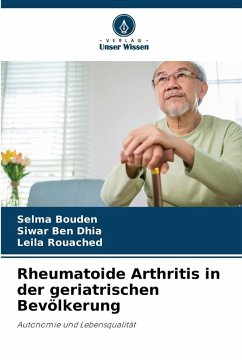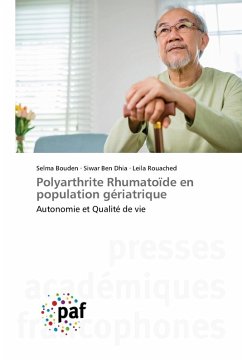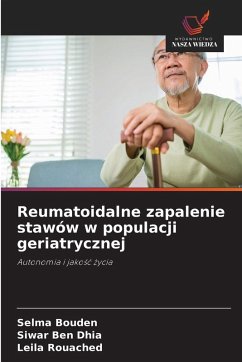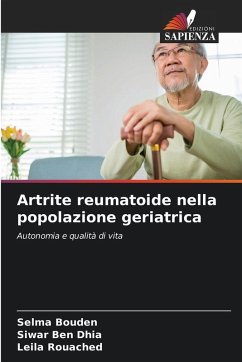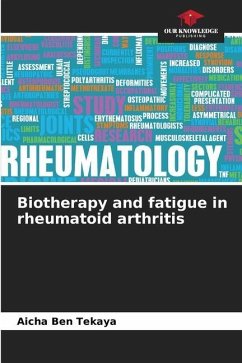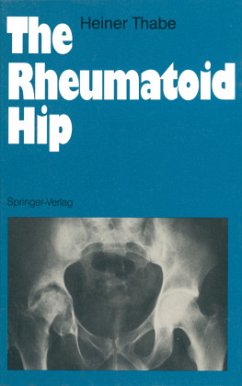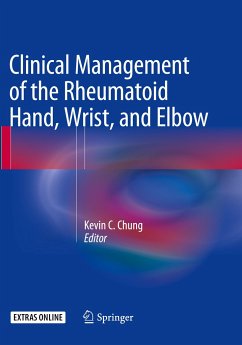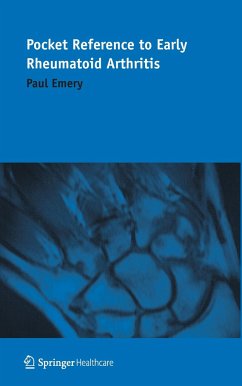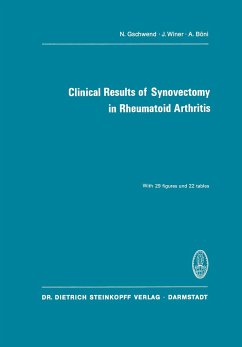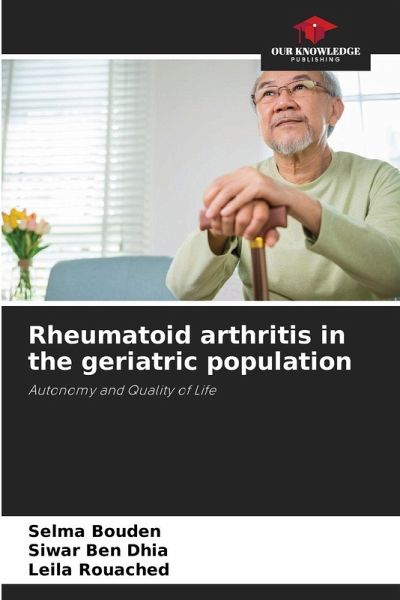
Rheumatoid arthritis in the geriatric population
Autonomy and Quality of Life
Versandkostenfrei!
Versandfertig in 6-10 Tagen
34,99 €
inkl. MwSt.

PAYBACK Punkte
17 °P sammeln!
Rheumatoid arthritis (RA) is the most common chronic inflammatory rheumatic disease. It increasingly affects older people due to demographic ageing, now accounting for one third of cases. This geriatric population has a distinct form of RA from that seen in younger adults, which complicates its management and has a significant impact on their quality of life and independence. Their increased frailty, frequent co-morbidities and polypharmacy, as well as atypical presentation and potentially lower therapeutic response, increase their vulnerability to severe forms of the disease. These factors, c...
Rheumatoid arthritis (RA) is the most common chronic inflammatory rheumatic disease. It increasingly affects older people due to demographic ageing, now accounting for one third of cases. This geriatric population has a distinct form of RA from that seen in younger adults, which complicates its management and has a significant impact on their quality of life and independence. Their increased frailty, frequent co-morbidities and polypharmacy, as well as atypical presentation and potentially lower therapeutic response, increase their vulnerability to severe forms of the disease. These factors, combined with the frailty inherent in old age, pose specific challenges in terms of diagnosis and treatment, and contribute to a considerable deterioration in their daily well-being. Our results highlight the scale of the health problem represented by rheumatoid arthritis in our geriatric population.



